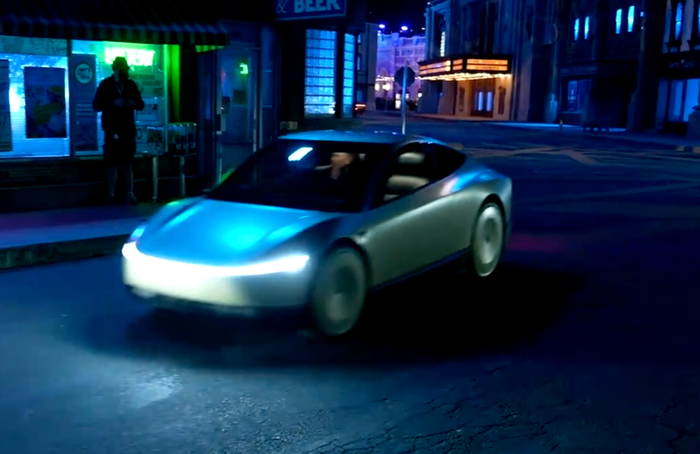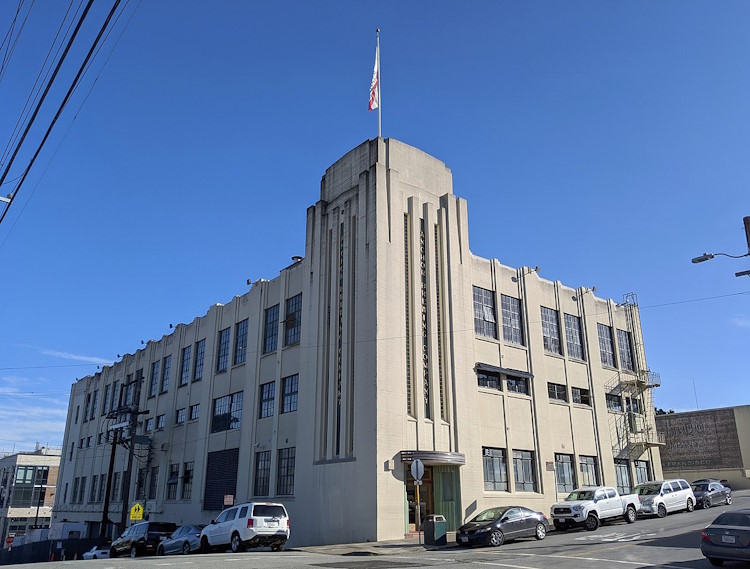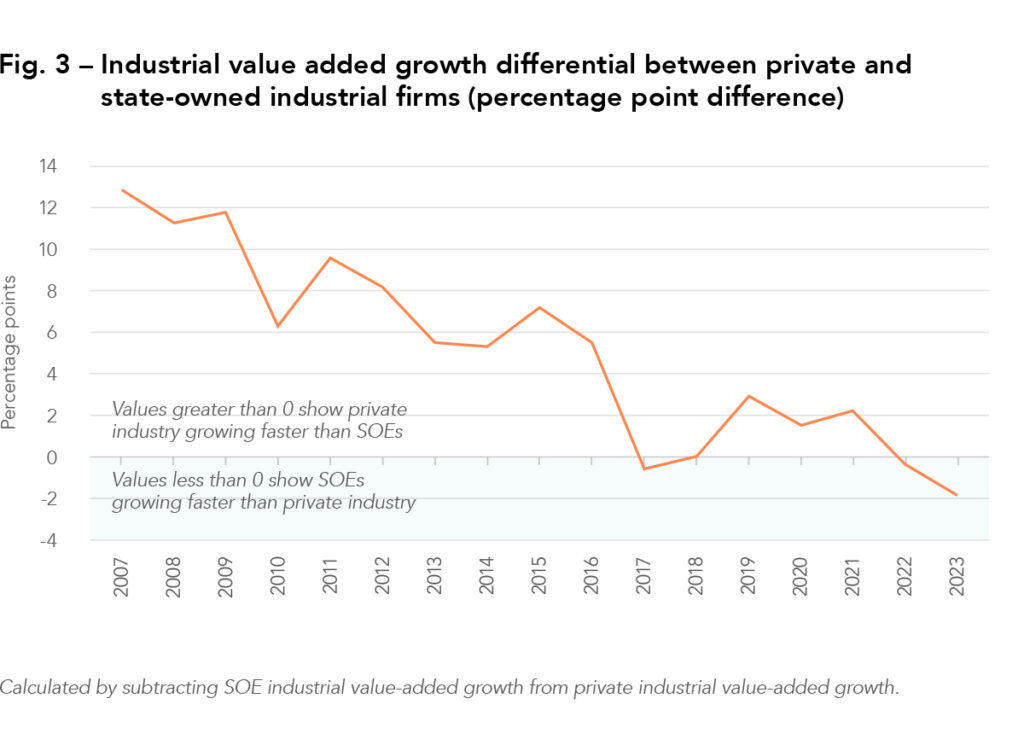Assessing The Feasibility Of Elon Musk's Robotaxi Network

Table of Contents
Elon Musk's vision of a widespread robotaxi network promises a revolution in transportation, offering convenient, affordable, and potentially safer rides. This ambitious undertaking, however, faces numerous significant hurdles. This article delves into a comprehensive assessment of the challenges and opportunities surrounding the realization of Musk's ambitious robotaxi plan, examining its technological, regulatory, and economic feasibility.
Technological Hurdles
The successful implementation of a robotaxi network relies heavily on advancements in autonomous vehicle technology and supporting infrastructure. Several key technological challenges remain.
Self-Driving Technology Maturity
Current self-driving technology, while impressive, is far from perfect. Fully autonomous vehicles (Level 5 autonomy) capable of operating safely and reliably in all conditions are still under development. Existing systems, even those boasting Level 4 autonomy, struggle with:
- Uncertain weather conditions: Heavy rain, snow, or fog can significantly impair sensor performance, leading to inaccurate perception and potential accidents.
- Unexpected pedestrian behavior: Predicting and reacting to unpredictable pedestrian actions, especially in crowded areas, remains a challenge.
- Complex traffic situations: Navigating busy intersections, merging onto highways, and handling unexpected traffic events require sophisticated decision-making capabilities that are not yet fully developed.
- Cybersecurity vulnerabilities: Autonomous vehicles are susceptible to hacking and cyberattacks, which could compromise their safety and operational integrity.
- Software bugs and malfunctions: Like any complex software system, self-driving software is prone to bugs and malfunctions, which could have serious consequences.
The gap between current Level 4 autonomous driving capabilities and the fully reliable operation needed for a widespread robotaxi network is substantial. Achieving true Level 5 autonomy requires significant breakthroughs in artificial intelligence, sensor technology, and software engineering.
Infrastructure Requirements
A successful robotaxi network demands substantial upgrades to existing infrastructure. This includes:
- High-definition mapping: Precise and up-to-date maps are crucial for accurate vehicle navigation and localization.
- Dedicated lanes for autonomous vehicles: Designated lanes could improve safety and efficiency by separating autonomous vehicles from human-driven cars.
- Robust communication networks (5G/6G): Reliable high-bandwidth communication is essential for real-time data transmission and coordination between vehicles and infrastructure.
- Charging infrastructure for electric robotaxis: Widespread adoption of electric robotaxis necessitates a robust network of charging stations.
- Improved traffic management systems: Intelligent traffic management systems can optimize traffic flow and improve the overall efficiency of the robotaxi network.
The costs and complexities associated with upgrading existing infrastructure to support a large-scale robotaxi operation are substantial and represent a significant barrier to entry.
Sensor Technology and Data Processing
The reliability and cost-effectiveness of sensor technology are critical for robotaxi operation. Current sensor suites typically include:
- LiDAR: Provides accurate distance measurements but is expensive and susceptible to environmental factors.
- Radar: Offers reliable performance in adverse weather conditions but provides less detailed information than LiDAR.
- Cameras: Provide rich visual information but are highly dependent on lighting conditions and can be easily fooled by camouflage or unusual objects.
The sheer volume of data generated by these sensors necessitates powerful and efficient data processing capabilities. Advancements in sensor technology and data processing are vital for improving the accuracy, reliability, and affordability of robotaxi systems.
Regulatory and Legal Challenges
The deployment of robotaxis faces significant regulatory and legal hurdles.
Liability and Insurance
Determining liability in accidents involving autonomous vehicles is a complex legal issue. Questions remain regarding:
- Who is responsible in case of an accident? Is it the manufacturer, the software developer, the owner, or the passenger? Establishing clear liability frameworks is crucial.
- Insurance costs and coverage: The unique risks associated with robotaxis require new insurance models and potentially higher premiums.
New legal frameworks and insurance models must be developed to address the specific risks associated with autonomous vehicles and ensure adequate compensation for victims of accidents.
Data Privacy and Security
Autonomous vehicles collect vast amounts of data, raising significant privacy concerns:
- Data security breaches: Protecting sensitive passenger data from cyberattacks is crucial.
- Potential misuse of passenger data: Clear regulations are needed to prevent the misuse of data collected by autonomous vehicles.
- Regulatory compliance with data protection laws (GDPR, CCPA): Robotaxi operators must comply with existing data protection laws.
Robust data privacy and security measures are essential to build public trust and ensure compliance with regulations.
Public Acceptance and Perception
Public acceptance is crucial for the successful deployment of robotaxis. However, significant apprehension remains:
- Fear of accidents: Overcoming public fear of accidents involving autonomous vehicles is essential.
- Concerns about job displacement for human drivers: Addressing concerns about job displacement for taxi drivers and other transportation workers is important.
- Skepticism about technology: Building public trust in the reliability and safety of autonomous vehicle technology is paramount.
Strategies to build public trust, address safety concerns, and demonstrate the benefits of robotaxis are essential for widespread adoption.
Economic and Business Viability
The economic feasibility of Elon Musk's robotaxi network is a critical consideration.
Cost of Deployment and Maintenance
The upfront investment and ongoing operational costs of a robotaxi fleet are substantial:
- Vehicle purchase/leasing: The cost of acquiring a large fleet of autonomous vehicles is considerable.
- Software development and updates: Ongoing software development and updates are essential for maintaining system performance and safety.
- Maintenance and repair: Regular maintenance and repairs are necessary to ensure the reliability of the robotaxi fleet.
- Insurance: Insurance costs for autonomous vehicles are likely to be high.
- Infrastructure costs: Investing in supporting infrastructure adds to the overall cost.
- Staffing for monitoring and support: Human oversight and support are likely to be needed, at least initially.
A thorough cost-benefit analysis is needed to determine the potential return on investment and profitability of a large-scale robotaxi network.
Pricing Strategies and Market Demand
The pricing model and market demand for robotaxi services are critical factors influencing economic viability:
- Competitive pricing: Robotaxi services must be competitively priced to attract customers.
- Pricing variations based on time of day/demand: Dynamic pricing strategies can help optimize revenue and manage demand.
- Potential market penetration: Estimating the potential market share for robotaxis is crucial.
- Customer adoption rate: The speed at which customers adopt robotaxi services will significantly impact profitability.
Careful consideration of pricing strategies and market demand is necessary to ensure the economic viability of the robotaxi business model.
Competition and Market Dynamics
The robotaxi market is likely to be highly competitive:
- Competition from other autonomous vehicle companies: Several companies are developing competing robotaxi technologies.
- Ride-sharing services (Uber, Lyft): Existing ride-sharing services pose a significant competitive threat.
- Traditional taxi companies: Traditional taxi companies may also adapt to compete with robotaxis.
The potential for market consolidation and the challenges of maintaining a competitive edge in the robotaxi market are substantial.
Conclusion
The feasibility of Elon Musk's robotaxi network hinges on overcoming significant technological, regulatory, and economic hurdles. While the potential benefits are substantial, the path to realization is complex. Addressing these issues through continued technological innovation, thoughtful regulation, and careful planning is crucial for the successful deployment of a widespread and reliable robotaxi network. Further research and development, alongside open public dialogue, are essential to assess the long-term viability of this ambitious vision. Continued monitoring of robotaxi technology progress is key to understanding its future impact. Only through a comprehensive and nuanced approach can we fully evaluate the feasibility of this revolutionary transportation system and its potential to reshape the future of urban mobility. Let's continue to analyze the feasibility of robotaxi networks and their potential to revolutionize transportation.

Featured Posts
-
 127 Years Of Brewing Ends Anchor Brewing Company Closes Its Doors
Apr 25, 2025
127 Years Of Brewing Ends Anchor Brewing Company Closes Its Doors
Apr 25, 2025 -
 Bundesliga Union Berlin Holds Bayern Munich To A Draw
Apr 25, 2025
Bundesliga Union Berlin Holds Bayern Munich To A Draw
Apr 25, 2025 -
 Review Dope Thief Episode 6 Concerns About The Plots Direction
Apr 25, 2025
Review Dope Thief Episode 6 Concerns About The Plots Direction
Apr 25, 2025 -
 Izmenenie Ritoriki Trampa Po Ukraine Ot Nachala Konflikta Do Segodnyashnego Dnya
Apr 25, 2025
Izmenenie Ritoriki Trampa Po Ukraine Ot Nachala Konflikta Do Segodnyashnego Dnya
Apr 25, 2025 -
 Bmw And Porsches China Challenges A Wider Industry Problem
Apr 25, 2025
Bmw And Porsches China Challenges A Wider Industry Problem
Apr 25, 2025
Latest Posts
-
 Investing Made Easy Jazz Cash And K Trade Partner For Accessible Stock Trading
May 10, 2025
Investing Made Easy Jazz Cash And K Trade Partner For Accessible Stock Trading
May 10, 2025 -
 Melanie Griffith And Dakota Johnsons Siblings At Materialist Event
May 10, 2025
Melanie Griffith And Dakota Johnsons Siblings At Materialist Event
May 10, 2025 -
 Dakota Johnsons Materialist Premiere Family Outing
May 10, 2025
Dakota Johnsons Materialist Premiere Family Outing
May 10, 2025 -
 Jazz Cash And K Trade A New Era Of Accessible Stock Trading
May 10, 2025
Jazz Cash And K Trade A New Era Of Accessible Stock Trading
May 10, 2025 -
 Melanie Griffith And Siblings Support Dakota Johnson At Materialist
May 10, 2025
Melanie Griffith And Siblings Support Dakota Johnson At Materialist
May 10, 2025
